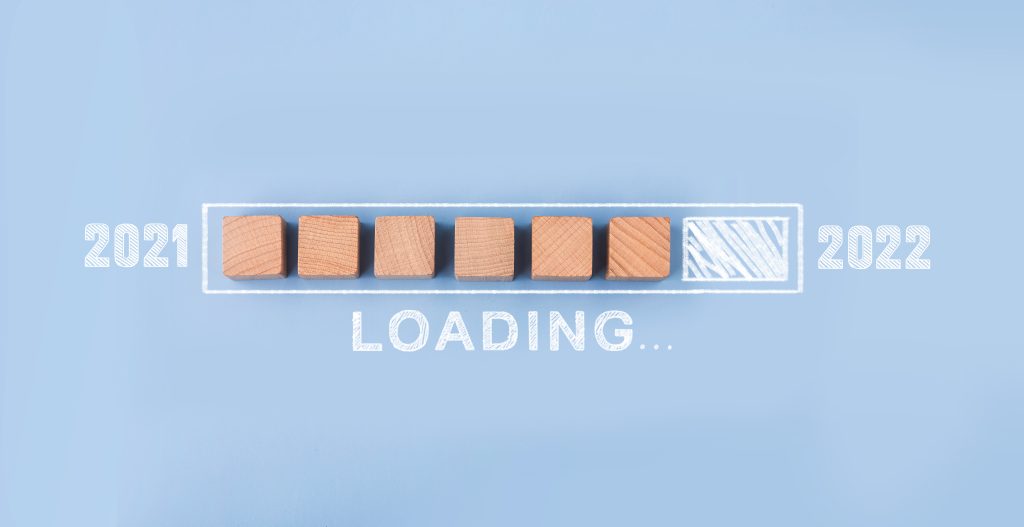As 2021 draws to a close, it has proven to be another challenging year for business. Continuing uncertainty about the course of the Covid-19 pandemic has combined with supply chain woes and labour shortages to cause disruption that may continue into 2022 and beyond. Despite this, it has been a buoyant year for UTP and for the wider payments industry as fintech cemented itself as vital tool for keeping businesses trading, whether by facilitating e-Commerce transactions or by supporting the rise of contactless payments.
The continued volatility in the global economy may dissuade some from making firm predictions, however, UTP has always prided itself on staying ahead of the curve. With that in mind, here are five predictions on how the payments landscape will change in 2022:
1. The rise of SoftPoS will continue
Software Point of Sale (SoftPoS) is a revolutionary technology that allows merchants to accept card payments through an app on their smart devices and is set to become more prevalent in 2022.
As the technology evolves, merchants will be able to customise their SoftPoS terminals with a rich array of business-boosting features such as loyalty schemes and marketing services. The low-cost entry level point of SoftPOS will also encourage smaller merchants to start accepting cards for the first time further increasing the share of transactions taking place on a debit or credit card.
2. Fraud awareness will grow
SME awareness of fraud will continue to grow as payment providers educate merchants and implement more stringent safeguards to protect them. UTP has already put out a warning to merchants regarding distraction fraud, here.
Merchants will also receive greater feedback from their payment systems to prevent potential fraud including access to real-time notifications and reporting.
3. Brexit’s impact may be less severe than expected on the payments industry
Despite the continued legal wrangling about the status of international card fees in the post-Brexit era, the fintech community will continue to develop solutions to minimise Brexit’s impact.
This includes solutions such as UTP’s new Dynamic Currency Conversion (DCC) service, designed to help merchants affected by the increase in interchange fees, which will benefit thousands of SMEs.
4. Merchants will use data to enhance customer experience and improve governance
Payments providers will continue to expand the gamut of data available to SMEs such as access to live data that offers a highly focused and customisable view of various payment trends.
As well as using this data to track fraud levels and tailor better fraud prevention strategies, bespoke reports will be generated to help manage staff rotas, suppliers, and cash flow.
5. Payments will get faster
Merchants will receive their funds faster as other payments providers will follow in UTP’s footsteps and begin offering same day funding.
UTP are currently the only payments provider to offer this service which gives merchants the ability to gain full control of their cash flow and receive their funds in hours, not days. In line with evolving demands, other payment providers will offer merchants greater flexibility to set their own end of day and receive their funds on demand.
Reflections on 2021
For UTP’s customers and how they process payments, the increase of the contactless limit to £100, together with the move towards smart terminals, delivered the greatest benefits for both merchants and customers alike.
Meanwhile, though the uptake of SoftPoS in 2021 didn’t quite match expectations, SoftPoS uptake is predicted to increase dramatically as 2022 progresses and the software that converts smart devices into POS machines becomes more widely available.
Finally, the pandemic broke barriers in many SMEs’ minds, creating a willingness to adapt and embrace new ways of working and of processing payments. This allowed fintechs and payment providers to deploy new and innovative solutions which allowed many merchants to continue trading.
The COVID-19 legacy
The not so great
Both nationwide and local lockdowns led to a collapse in footfall to bricks and mortar businesses and changed the dynamics of small towns and cities. For how long, remains to be seen.
Lockdown also had the effect of changing consumer behaviour and shopping habits. Many merchants have been unable to adapt quickly enough or been unable to afford the expense of diversifying their marketing tactics, products, and services.
With pressure building elsewhere due to inflation, staff shortages, and supply chain issues, the legacy of Covid has been more painful for some than others.
The great
With purchasing either happening online or, due to Covid fears, taking place using cards, there was a marked reduction in the loss of cash through theft and negligence and SMEs were spared the high fees associated with processing cash. Moreover, it expedited the adoption of frictionless payment processes leading to more merchants that were able to offer a full range of payment options.
The resulting shift towards eCommerce benefitted small merchants who found they could trade with reduced fixed costs, increase their market share and capitalise on online advertising. It also came as a benefit to consumers who acquired better and more convenient payment options while shopping.
